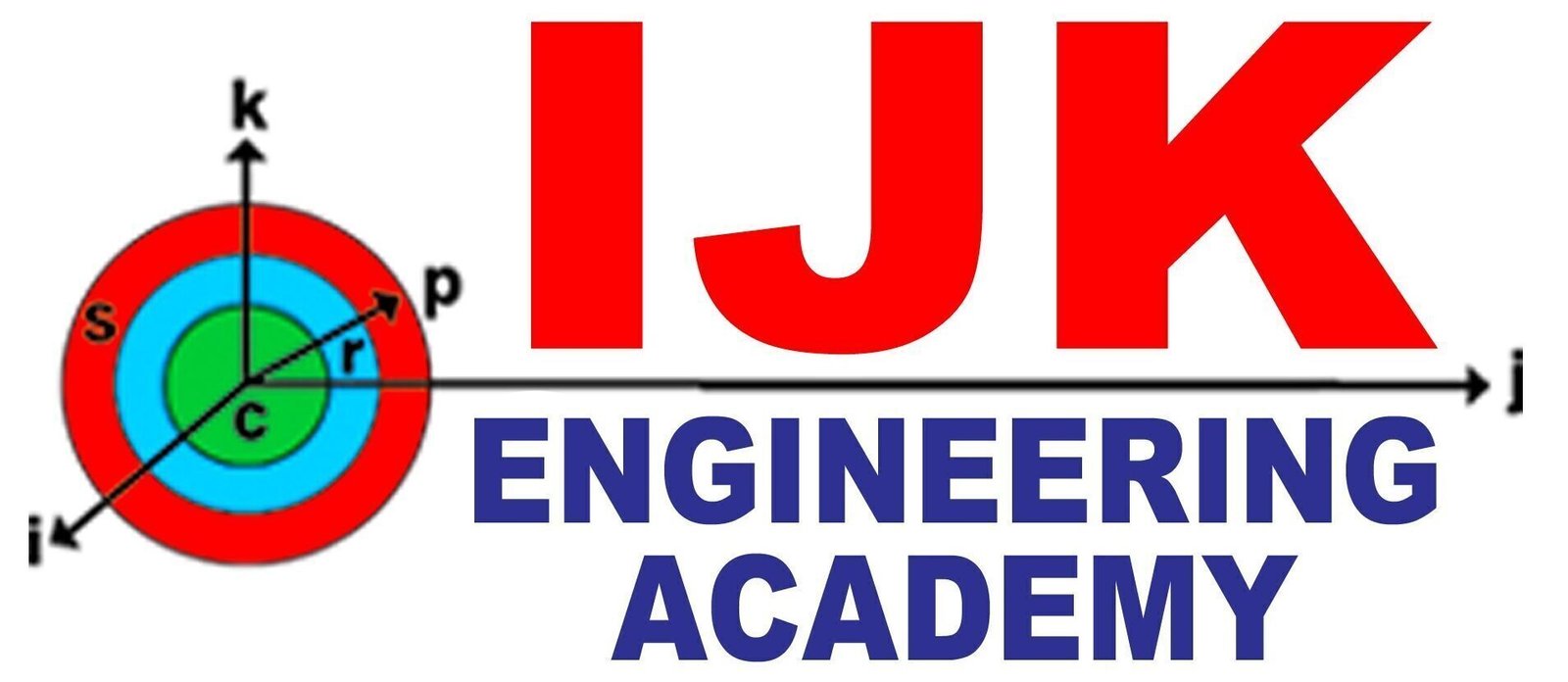PSU
About Course
Certainly! PSU stands for “Public Sector Undertaking.” PSUs are government-owned corporations or companies in India that are involved in various industrial, commercial, and economic activities. These organizations play a significant role in the country’s economy by contributing to infrastructure development, employment generation, and revenue generation for the government. Here’s an in-depth overview of PSUs:
- **Ownership and Management**: PSUs are owned and operated by the government, either at the central (national) level or at the state level. The government can hold a majority stake (51% or more) in these companies, making them government-controlled entities. The management of PSUs is governed by a board of directors appointed by the government.
- **Types of PSUs**:
– **Maharatna PSUs**: These are the largest and most profitable PSUs. They have significant operational autonomy and can make financial and investment decisions without government approval.
– **Navratna PSUs**: Navratna companies have greater financial autonomy compared to other PSUs. They have the freedom to make investment decisions and can also enter joint ventures, mergers, and acquisitions without government intervention.
– **Miniratna PSUs**: Miniratna companies are smaller PSUs that have more operational flexibility. There are two categories: Category-I Miniratnas can invest up to ₹500 crores or equivalent without government approval, while Category-II Miniratnas can invest up to ₹300 crores or equivalent.
- **Sectors and Industries**: PSUs operate across various sectors, including energy, manufacturing, telecommunications, finance, transportation, and more. Some notable sectors include oil and gas (ONGC, IOCL), steel (SAIL), banking (SBI), power generation (NTPC), and telecommunications (BSNL).
- **Employment**: PSUs offer employment opportunities to a wide range of professionals, including engineers, management graduates, finance professionals, IT experts, and more. These organizations provide stable and secure job prospects with competitive compensation and benefits.
- **Recruitment**: Many PSUs conduct their recruitment through competitive exams like GATE (Graduate Aptitude Test in Engineering) or through their independent selection processes. Candidates with relevant qualifications and experience can apply for various positions based on their eligibility.
- **Government Policies**: The government’s policies and initiatives influence the functioning of PSUs. These policies can impact areas such as investment decisions, mergers, disinvestments, and technology adoption.
- **Corporate Social Responsibility (CSR)**: Many PSUs have a mandate to contribute to social and community development through their CSR initiatives. They invest in projects related to education, healthcare, infrastructure, and more in the communities they operate in.
- **Financial Performance**: The financial performance of PSUs varies widely. Some PSUs are highly profitable and contribute significantly to the government’s revenue, while others may face challenges due to factors like competition, technological changes, and market dynamics.
- **Privatization and Disinvestment**: Over time, the government has taken steps to privatize or disinvest in certain PSUs. This involves selling a portion of the government’s stake to private entities, leading to changes in ownership and management.
- **Global Presence**: Some PSUs have expanded their operations internationally through investments, collaborations, and joint ventures. This allows them to tap into global markets and technologies.
- **Impact on the Economy**: PSUs play a crucial role in infrastructure development, resource utilization, and employment generation. They contribute to economic growth, industrial development, and social welfare.
- **Challenges**: PSUs face challenges such as bureaucratic processes, lack of autonomy, competition from private players, and adapting to changing market dynamics.
It’s important to note that the information provided here is based on the general characteristics of PSUs in India. The landscape of PSUs may evolve over time due to policy changes and economic developments. If you’re interested in a specific PSU, I recommend checking their official websites and the latest government notifications for the most accurate and up-to-date information.
Course Content
Quick & Simple Recipes
-
12:08
-
12:08
-
12:08
-
Food Safety
12:08 -
Recipes to Cook the Best Chicken
12:08 -
Quiz




